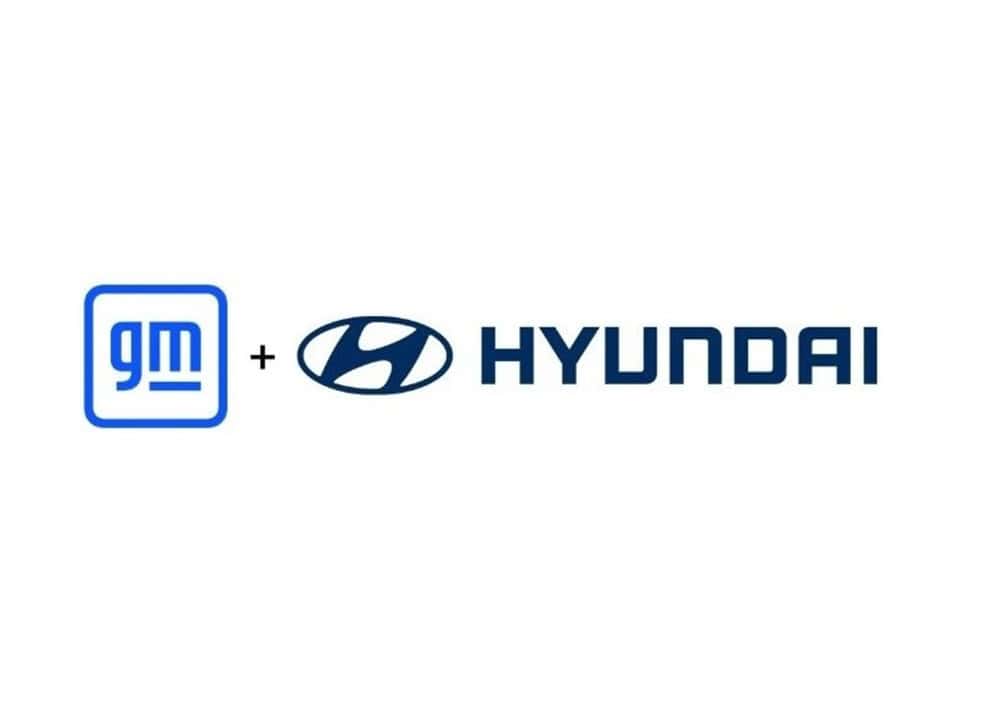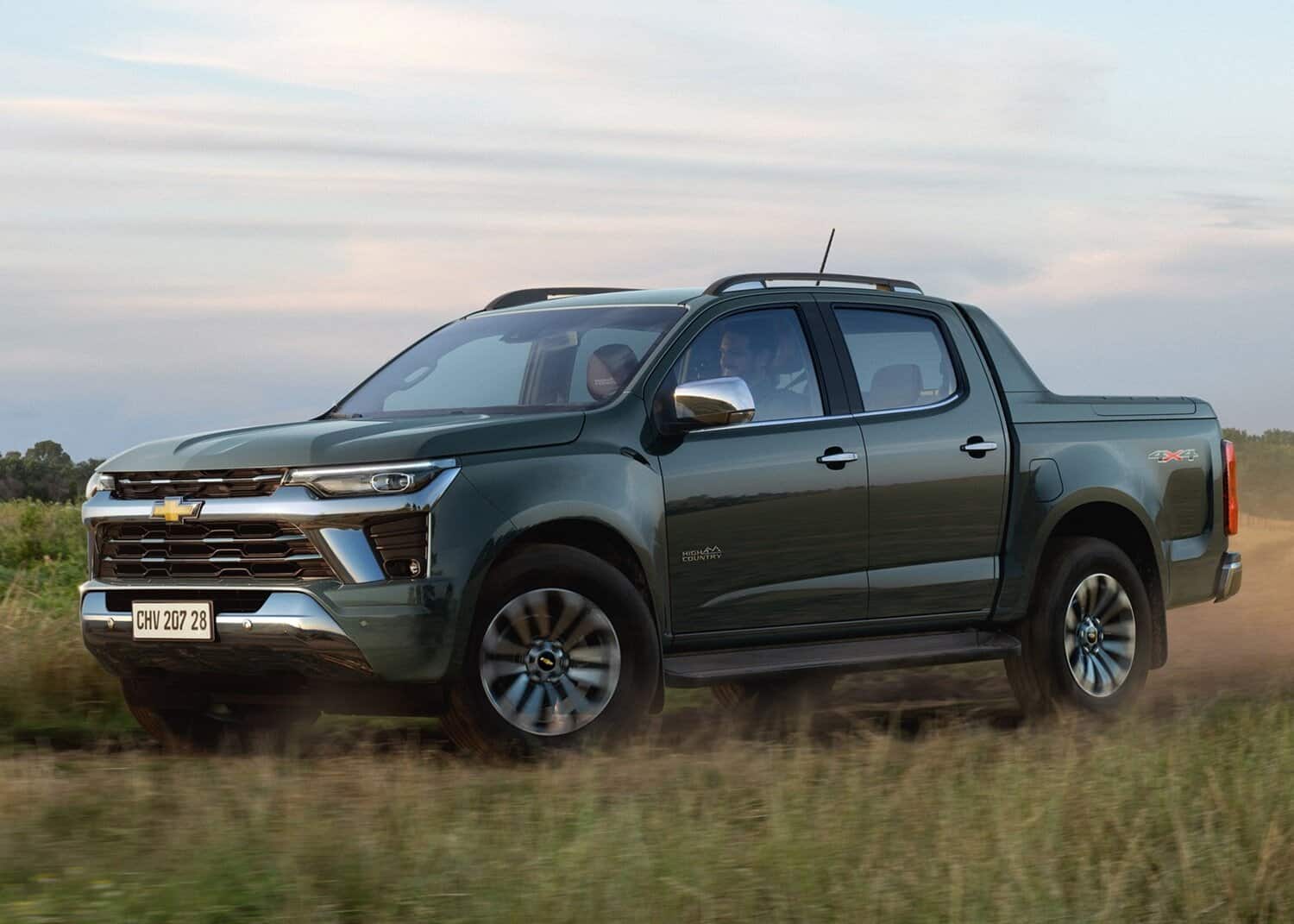Newly expanded on joint venture will result in two bakkies - both projects headed by the General.

Hyundai has furthered its partnership with General Motors (GM) by announcing a strategic signing for the developing of five new vehicles starting in 2028.
A joint venture signed last year, the expanded agreement, confirmed this week, will focus largely on Central and South America, comprising a compact SUV, a car of no description, and an electric commercial van for North America.
Bakkie by GM, not Tasman
More significantly, GM will head up Hyundai’s bakkie programme for the introduction of two bakkies, one being a “mid-size pick-up” that references the Korean brand’s long awaited rival for the Toyota Hilux, Ford Ranger, Isuzu D-Max, Nissan Navara, Volkswagen Amarok and Mitsubishi Triton.
ALSO READ: Hyundai eyeing Ranger and Hilux bakkie rival by at least 2029
Reported in June as still being on the cards, albeit only in 2029, the link-up with GM effectively rules the possibility of the Hyundai bakkie using the platform of sister brand Kia’s Tasman.
This, after Kia’s Australia Product Head, Roland Rivero, remarked that a platform sharing deal would offset some of the costs invested into the body-on-frame Tasman.

“If there’s greater utilisation of it across the Group, it can only be good. There’s no reason why the two can’t both be successful. The two can still work side-by-side and capture some market share, so I’d be all for it,” Rivero told carsales.com.au.
In a prior statement to the publication, Hyundai Australia’s CEO, Don Romano, admitted that while the Tasman presents the most favourable base for its bakkie, “I want to put something out there that is uniquely Hyundai”.
“There is nothing wrong with the body-on-frame platform that Kia is using for the Tasman. It’s a great platform, I have no problem with that whatsoever, I just have to make sure the design is uniquely Hyundai,” he said.

For now, also limited to Central and South America, the denouncing of the Tasman will seemingly see the Chevrolet S-10 serving as Hyundai’s base.
South America’s version of the Colorado sold in North America, the S-10, also underpins the TrailBlazer SUV, which made way for its distant relative, the Isuzu MU-X, when GM departed South Africa in 2017.
World model?
Despite the initial focus on the mentioned American markets, the joint statement announcing the partnership mentions vehicle exploration for global markets, suggesting availability to other markets, not only with the steering gear on the left.
The statement further states the partnership as producing 800 000 vehicles a year once into full operation, and the sharing of platforms with uniquely developed interiors and exteriors.
Second bakkie
While no further details have been released, the GM-underpinned Hyundai is expected to take-up station above the unibody Santa Cruz, which will remain exclusive to North America despite rumours last year alleging the next generation as possibly becoming a world model.

The mentioned electric van, meanwhile, could use the Staria as a base and potentially replace the archaic Chevrolet Express that has been in production since 1996.
Less clear is the second bakkie, which could be the second generation Santa Cruz, or even a completely different model.

Speculation, however, points to the newcomer being possibly based on the Chevrolet Montana – sold in South Africa as the Opel/Chevrolet Corsa Utility and then the Chevrolet Utility – which GM solely fields in South America.
“By partnering together, GM and Hyundai will bring more choice to our customers faster, and at lower cost,” the latter’s Senior Vice-President and Global Chief of Procurement and Supply Chain, Shilpan Amin, said.

“These first co-developed vehicles clearly demonstrate how GM and Hyundai will leverage our complementary strengths and combined scale”.
Stay tuned
As it stands, no further details are known, but with a hint to global markets having been given, expect more to emerge before the end of the decade.
ALSO READ: VIDEO: Kia Tasman teased on local soil ahead of 2025 debut






